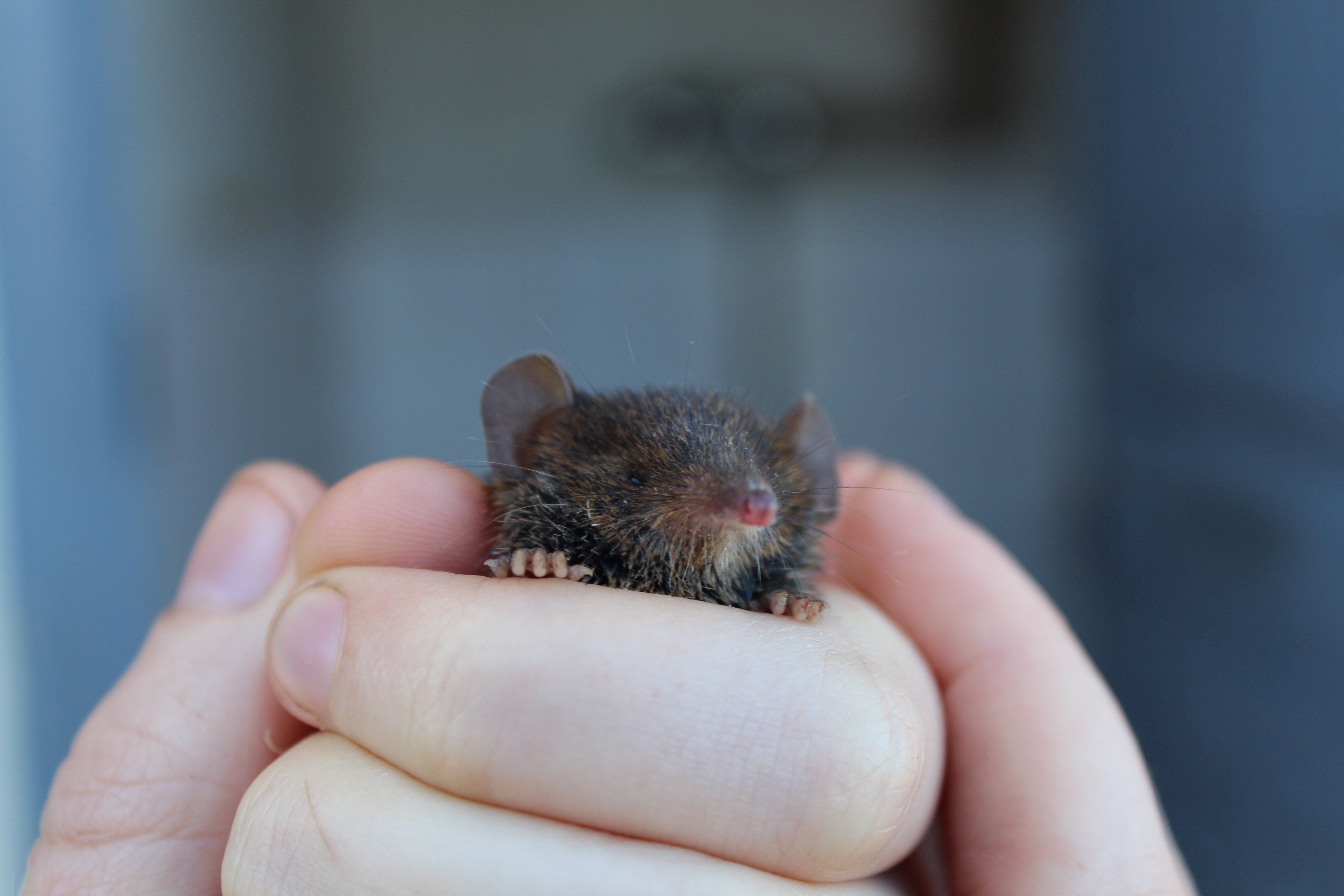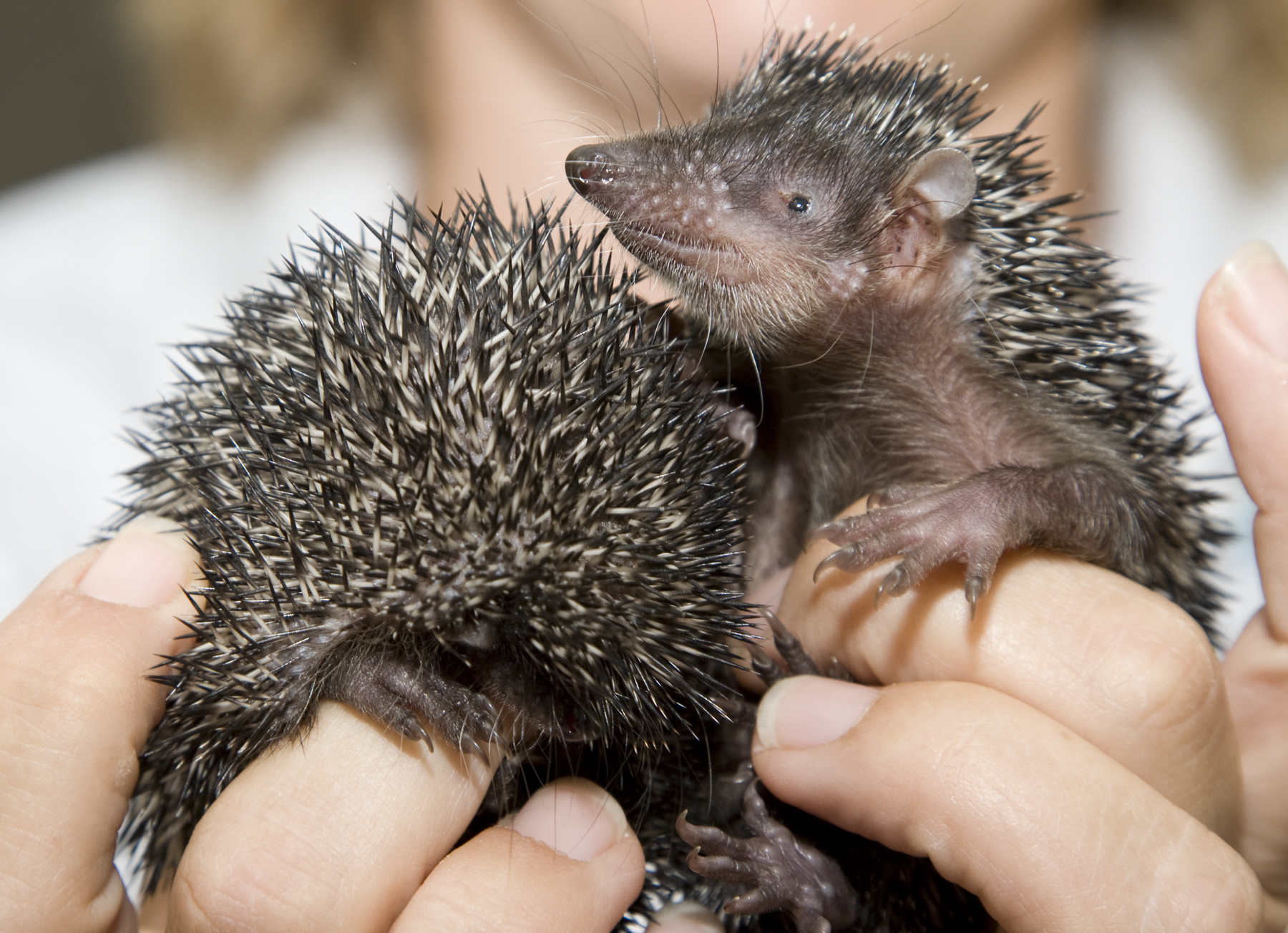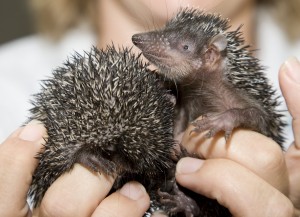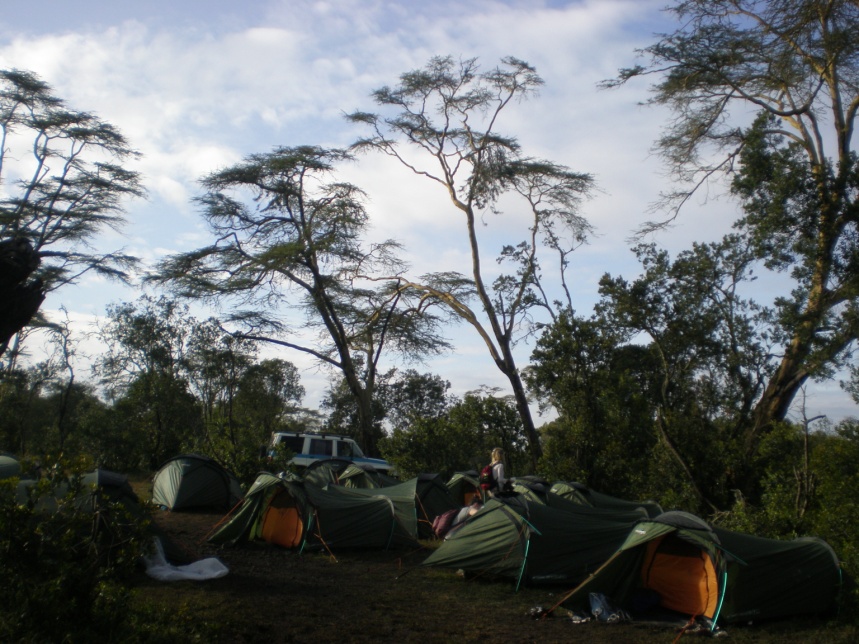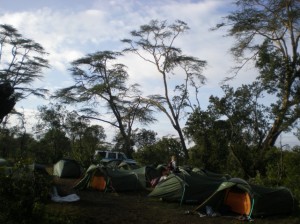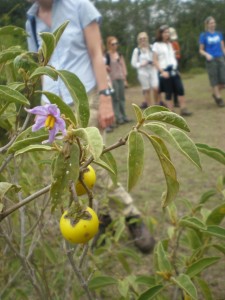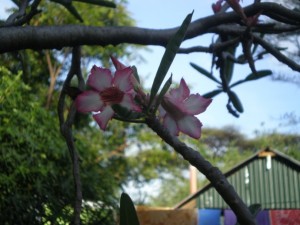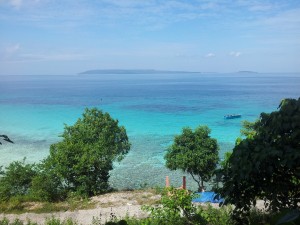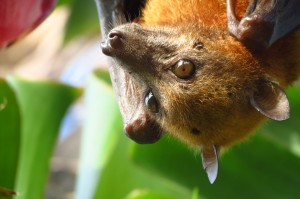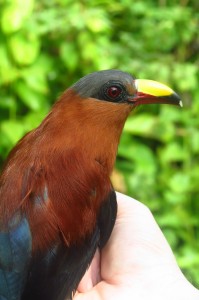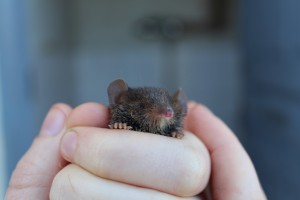
I’ve been studying tenrecs for almost two years. I’ve read about them, watched video clips and handled hundreds of dead specimens. However, within that time I only met two live individuals, both of which were captive zoo animals. That’s all changed. I’m now well acquainted with a variety of tenrec critters. It turns out they’re a quiet bunch.
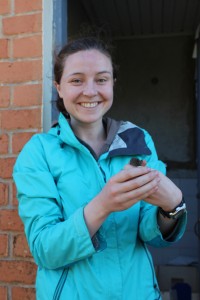
My supervisor, Natalie, and I spent two weeks in Madagascar working with a research team from the Vahatra Association led by Steve Goodman. The purpose of their trip was to conduct a disease transmission study in bats and small terrestrial mammals study at Ambohitantely Special Reserve, a protected, upland native forest north west of Antananarivo.
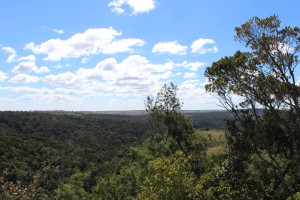
We tagged along on the trip to run behavioural experiments to test whether there’s evidence for echolocation in the shrew-type (Microgale) tenrecs. Armed with a bat detector and an adjustable maze, my plan was to record the tenrecs’ calls as they move through their environment in search of a worm food reward at the end of the maze.
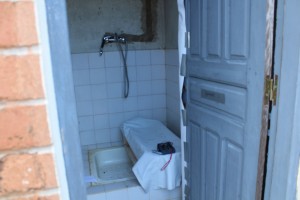
I had envisaged many potential problems with the experiment. How would we be able to filter out interesting noises from background sounds? Would the noise of the animals moving around mask out the true vocalisations? I didn’t, however, foresee the problem with which we were faced; they didn’t make any noise whatsoever, zilch, not a peep.
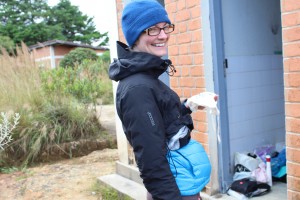
We tried multiple methods to coax some sound out of the furry creatures. The animals were kept warm in Natalie’s increasingly bulging coat pockets. We tried to entice the animals using juicy worms as proverbial carrots. We experimented with placing pairs of individuals in the box at the same time hoping to overhear some tenrec chat. We also eliminated technical faults as a possible cause by testing out my detector on the bats flying around camp at night. All to no avail.
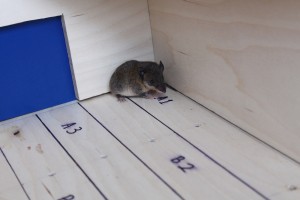
I think they were holding out on us. The other, more experienced field researchers had heard tenrecs squeaking while foraging. The previous work on echolocation in tenrecs which inspired my experiments includes recordings of one species of Microgale so the animals are certainly not mute. I think our empty sound files are an unfortunate consequence of our experimental protocol. Existing research on possible echolocation in shrews and tenrecs used captive animals under highly controlled experimental conditions. We, however, were constrained by time and resources to an artificial experimental set up so it’s unfortunate but not entirely surprising that things didn’t go according to plan.
Still, the trip was far from wasted. Studying and observing living animals is just a tad more exciting than their museum counterparts and I now have enough pictures of tenrecs to last for a lifetime of presentations. We met some extremely interesting and knowledgeable researchers and we had the opportunity to work in a remote, beautiful and exotic place.
Furthermore, our failed experiments left time to go and explore other areas as tourists; expect our encounters with Indri, mouse lemurs, chameleons and enormous spiders to be coming soon…
Author and Images: Sive Finlay, sfinlay[at]tcd.ie, @SiveFinlay

